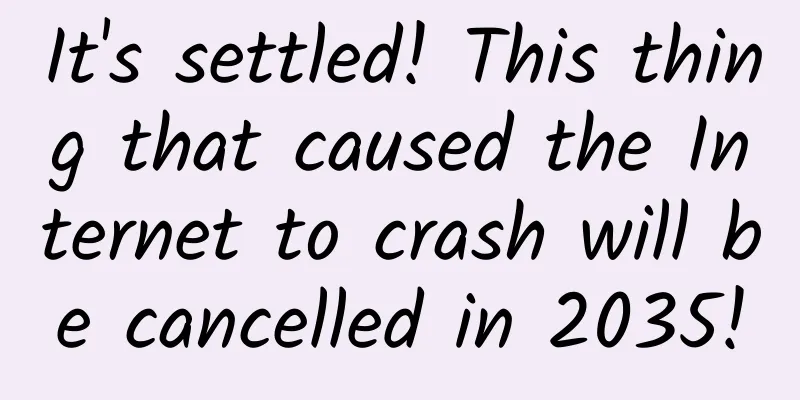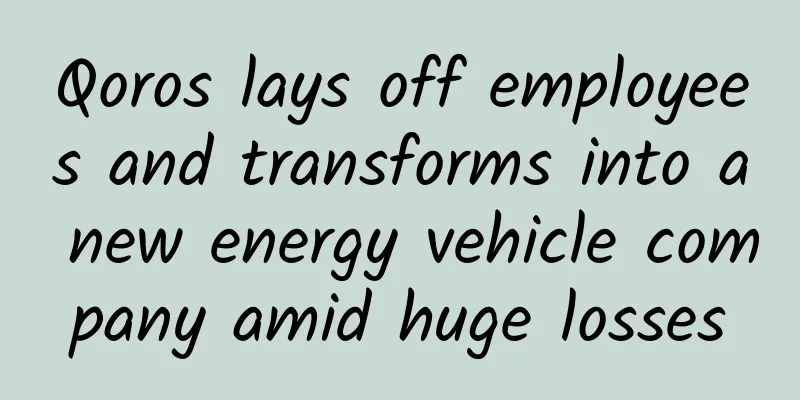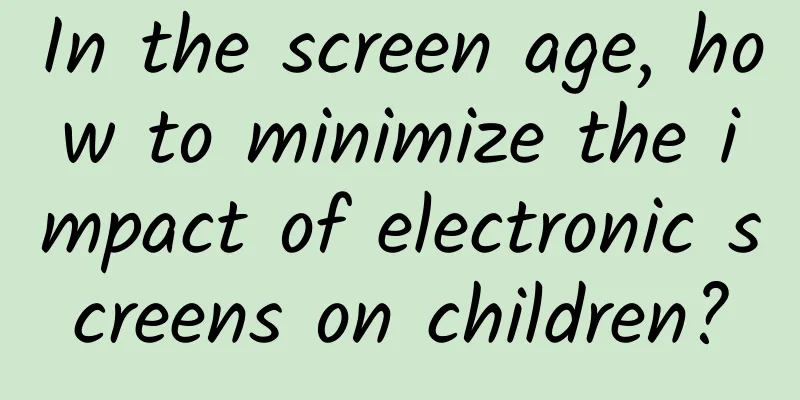It's settled! This thing that caused the Internet to crash will be cancelled in 2035!

|
Leap seconds will soon be history. In the current Gregorian calendar, in addition to leap years, there are also occasional "leap seconds". Whenever a leap second occurs, the global "Coordinated Universal Time" will increase by one second at the same time. However, on the 18th, at the General Conference on Weights and Measures (CGPM) held in Paris, France, scientists and government representatives voted to cancel leap seconds. This resolution will be implemented in 2035, and the specific details are still under discussion. Georgette Macdonald, head of the Halifax Metrology Research Center in Canada, commented that leap seconds disrupt time systems based on precise timing and could cause serious damage in the digital age. Not long ago, engineers from Meta, Facebook's parent company, jointly published a blog post calling for the abolition of leap seconds. Technology giants including Microsoft, Google and Amazon have expressed their agreement, and timekeeping agencies in the United States and France have also endorsed the petition. Blogs by Meta engineers|Engineering at Meta Why has this leap second system, which has been used for fifty years and is included in the textbooks of primary and secondary schools in various countries, suddenly become a thorn in the eyes of major technology companies? Add one second to the time, and the computer will crash There are two scientific time measurement systems: "Universal Time" based on astronomical measurements of the Earth's rotation, and "Atomic Time" based on the period of atomic oscillations. Since the two time scales measure seconds differently, over time, the results of the two timing systems will differ, so the concept of "Coordinated Universal Time" was born. In 1972, the General Conference on Weights and Measures decided that when the difference between "universal time" and "atomic time" exceeds 0.9 seconds, 1 second should be added or subtracted from "Coordinated Universal Time" to make it as close to "universal time" as possible. This is the leap second. Since 1972, leap seconds have been added 27 times. This tiny second may not have any impact on our lives, and many people may not even notice it, but for computers, this tiny second is enough to cause a large-scale system crash. When it comes to computer crashes caused by time measurement, the one that everyone is more familiar with may be the "Y2K Bug." Year 2000 problem In the 1960s, the cost of computer memory and external storage media was very high. In order to save hardware costs, one of the earliest female programmers, Grace Hope, developed a six-digit date storage method, using two digits to represent the year, month, and day respectively. For a four-digit year, only the last two digits were retained. This habit was inherited by the COBOL language and then spread to the entire computer programming community. But when people entered the 21st century, some computers that used six-digit dates might not be able to recognize whether 00 in 2000 meant 1900 or 2000, resulting in large-scale program confusion. Every leap second adjustment also causes similar troubles for the Internet. Unlike the Y2K bug, since the Earth's rotation is affected by many factors such as the ocean, atmosphere, and core movement, the timing of the increase in leap seconds is uncertain and cannot be written into the system in advance. Once the time on the Internet suddenly increases by 1 second, many programs will think that "time is not moving forward, but going back", which violates the computer's internal logic and errors will arise. When a leap second occurs, the clock will not directly return to 0 o'clock at the end of the day, but will have an extra "59 minutes and 60 seconds"|Qualys As the Internet carries more and more functions, such incidents are not uncommon. At midnight on June 30, 2012, when the leap second was added to the world's atomic clock, the Reddit server was unable to synchronize with it, and the entire forum was down for 40 minutes. Mozilla, Gawker, and various Linux servers have all encountered the same leap second problem. In January 2015, the systems of two Australian airlines were paralyzed for 48 minutes due to the leap second, and the staff were forced to use paper check-in. On June 30, 2015, the increase in leap seconds also had an impact, causing Twitter's tweet time display to be incorrect. Website servers such as Instagram, Pinterest, Netflix and Amazon crashed, and multiple websites were offline for about 40 minutes. Other users said their Android phones and watches set the date to July 1 just hours before the day. Even if you prepare in advance, you can’t avoid downtime when a leap second comes. On June 30, 2015, in order to avoid the more uncontrollable impact of a leap second, the Intercontinental Exchange Group of the United States took the initiative to stop operations for 61 minutes when a leap second occurred. The correction of this second has delayed the time of countless programmers and users, and caused incalculable economic losses. It is no wonder that major technology companies have called for the abolition of leap seconds. What seconds do you mean? Why do leap seconds, such a troublesome thing, exist? In ancient times, people began to calculate time by the rising and setting of the sun. Ancient scholars divided the average solar day into 24 hours, and then created minutes and modern seconds as units of time based on the sexagesimal system. The time measured based on the period of the Earth's rotation relative to the sun is solar time. But the Earth's rotation period is not constant, but is getting slower and slower, and the days are getting longer and longer. 1.3 billion years ago, the Earth had more than 500 days a year, and 13-14 months a year. Because the tidal force of the sun and the moon causes friction, the heat generated is dissipated, consuming the kinetic energy of the Earth's rotation, causing its rotation to slow down. With the development of the times, the traditional world time measurement method can no longer meet people's needs, especially in the fields of space exploration, communication navigation, astronomical observation, industrial automation, etc., which require extremely high time accuracy. Therefore, people invented atomic clocks with more accurate timing. The internal oscillation of atoms is not affected by the external environment, so it is very stable and accurate. The time measured by this fixed second length is no more than one ten-millionth of a second per day. However, as time goes by, there will be differences between the International Atomic Time and the World Time. The longer the time, the greater the difference. Therefore, the International Conference on Weights and Measures decided in 1972 that when the difference between "World Time" and "Atomic Time" exceeds 0.9 seconds, 1 second should be added or subtracted from "Coordinated Universal Time" to get as close to "World Time" as possible. This is the leap second. Because the Earth's rotation period is difficult to predict, the International Earth Rotation Service can only announce every six months whether a leap second will be inserted in the next six months. Between 1972 and today, leap seconds have been added 27 times. What should we do without leap seconds? Even if it runs for 14 billion years, the time accuracy of the atomic clock can be maintained within one tenth of a second. In order to make the atomic clock and the world time as consistent as possible, people can only continuously insert leap seconds, forcing programmers to work overtime to deal with bugs. But in addition to the current method, there are other ways to deal with the leap second problem. The simplest and crudest method is to stop the NTP clock synchronization service before inserting the leap second, and then restart it after the leap second ends, so as to ensure safety by stopping synchronization. However, this method is too costly and may bring other impacts. At present, the common solution of international large companies is to "smear the leap second", which is to divide a leap second into many parts in advance, and then evenly distribute it over a long period of time to increase it slowly. Google and Amazon will insert a leap second evenly into 24 hours, which will be synchronized with the "Coordinated Universal Time". In 2015, the Japanese Stock Exchange divided this second into 7,200 parts in advance, spread it over two hours, and when the synchronization was restored at the end of the spread, it just caught up with the opening of the market. Time is the coordinate of civilization and the benchmark for cross-cultural regional cooperation. Because of the concept of time, we can meet across space. Time is meaningless if it is not completely accurate. It can be said that the ability to measure time is one of the measures of the development of civilization. Today, our civilization has reached the point where we can use atomic clocks to measure time. If we continue to go deeper, there may be more accurate ways to measure time. Although leap seconds are on their way out, the tiny difference between universal time and atomic time still exists, and a solution is still being discussed. Some experts believe that we can wait until the time difference accumulates to one minute before making a unified change, while others believe that solar time and coordinated universal time can be separated and each can go its own way. But what is certain is that when the time difference widens to more than one second, we will have more room to reconcile this difference. References [1]"Leap Second - Wikipedia". 2022. En.Wikipedia.Org. https://en.wikipedia.org/wiki/Leap_second. [2]Phillips, By Alexa, By Hannah Furness, By Chanel Zagon, By Gareth Davies, By Raven Saunt, and By Gary Buchanan. 2015. [3]"Leap Second Confuses Twitter And Android ". The Telegraph. https://www.telegraph.co.uk/news/science/science-news/11710148/Leap-Second-confuses-Twitter-and-Android.html. [4]"Bloomberg - Are You A Robot?". 2022. Bloomberg.Com. https://www.bloomberg.com/news/articles/2015-06-28/with-61-seconds-in-a-minute-markets-brace-for-trouble. [5]Nast, Condé. 2012. "'Leap Second' Bug Wreaks Havoc Across Web". WIRED. https://www.wired.com/2012/07/leap-second-bug-wreaks-havoc-with-java-linux/. Author: Shakespeare Editor: Flip, Steed Cover image source: Qualys Guokr ( ID : Guokr42 ) If you need to reprint, please contact [email protected] Welcome to forward to your circle of friends Source : Guokr |
<<: Should I go to the hospital if I get COVID-19?
>>: To deal with the new coronavirus, do you need to buy an oxygen concentrator at home?
Recommend
Douyin's hot content to increase followers course: 50 million big accounts reveal the secrets of increasing followers for the first time [Taught by the partner of Poison Tongue Movie]
Douyin's hot content to increase followers co...
How much does it cost to customize a luggage app in Baoding?
How much is the quotation for customized luggage ...
Why do puppies and cats shake their bodies after being splashed with water? | Nature Trumpet
Welcome to the 69th issue of the Nature Trumpet c...
Case: How to use product thinking to carry out fission activities?
In the second half of the Internet , the user div...
How does double-click wake-up work on smartphones?
There are many ways to wake up the screen, and th...
From an i-person to an e-person, see Oppenheimer's legendary life
In the film "Oppenheimer", Oppenheimer,...
How to access iCloud from Android phone?
This article explains how to access iCloud photos...
Check it out! It's not a "kitchen magic weapon" but a "time bomb"
"Gather the flame, save gas", "Ena...
The origin is: What is SEO thinking? What is the significance of this idea for website optimization?
How to define "SEO thinking" Generally ...
“Zero Inventory” is achieved, JD.com builds a complete smart supply chain
[51CTO.com original article] JD.com CEO Liu Qiang...
Have you ever been affected by these noises at home? 3 ways to reduce the noise!
It’s so noisy! This is probably our most direct a...
How to create a WeChat mini program? How much does it cost to create one in the mini program mall?
It has been more than 4 years since the WeChat Mi...
A real measurement of household appliances' standby power consumption: set-top boxes steal 10 kWh of electricity a month
While home appliances bring convenience to our liv...
CreditEase Zheng Yun: Sharing on the Practice of Big Data Financial Cloud
CreditEase has accumulated nine years of data, in...
E-commerce operation plan: entry-level e-commerce operation plan from 0 to 1!
Many friends who do e-commerce often come to cons...









